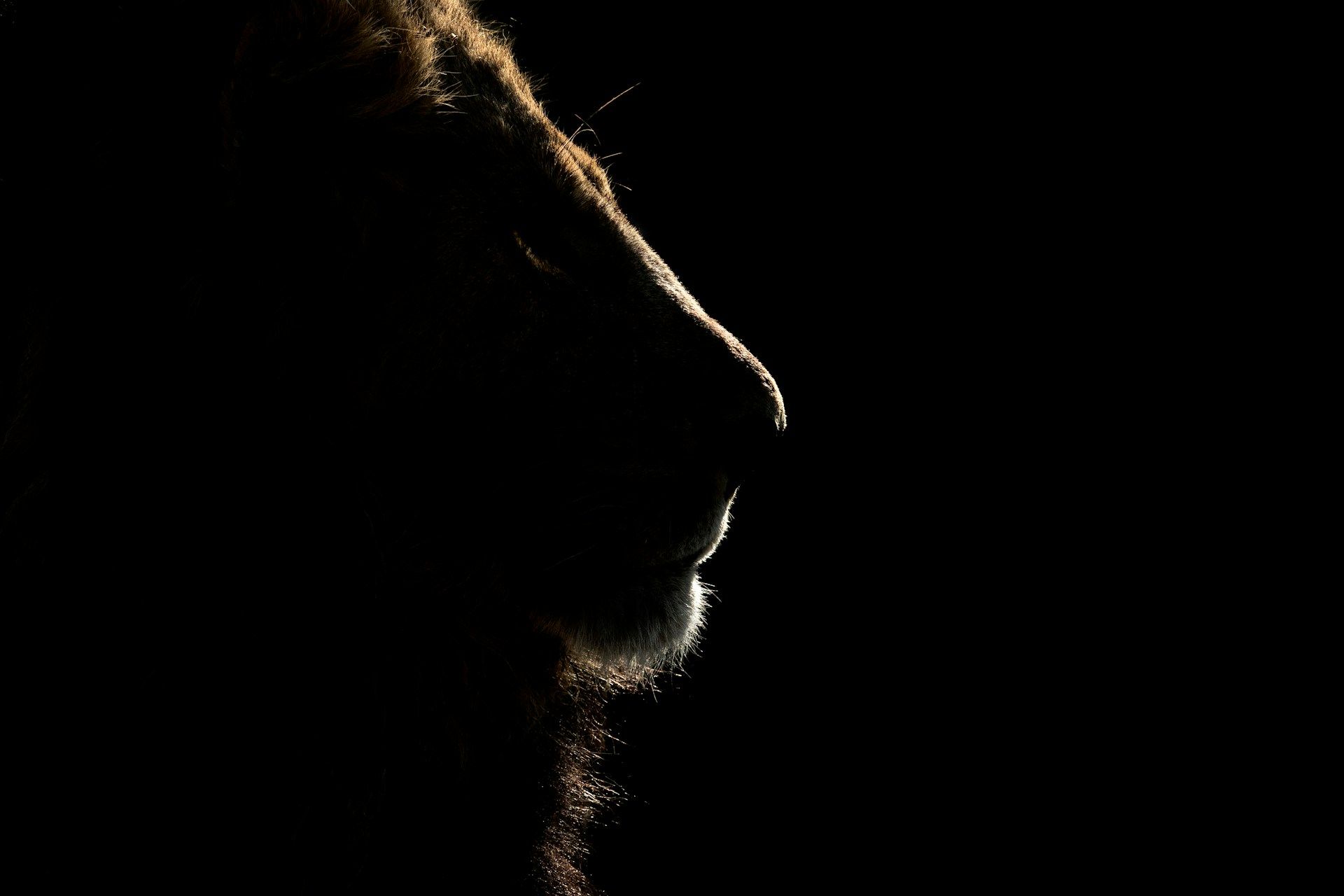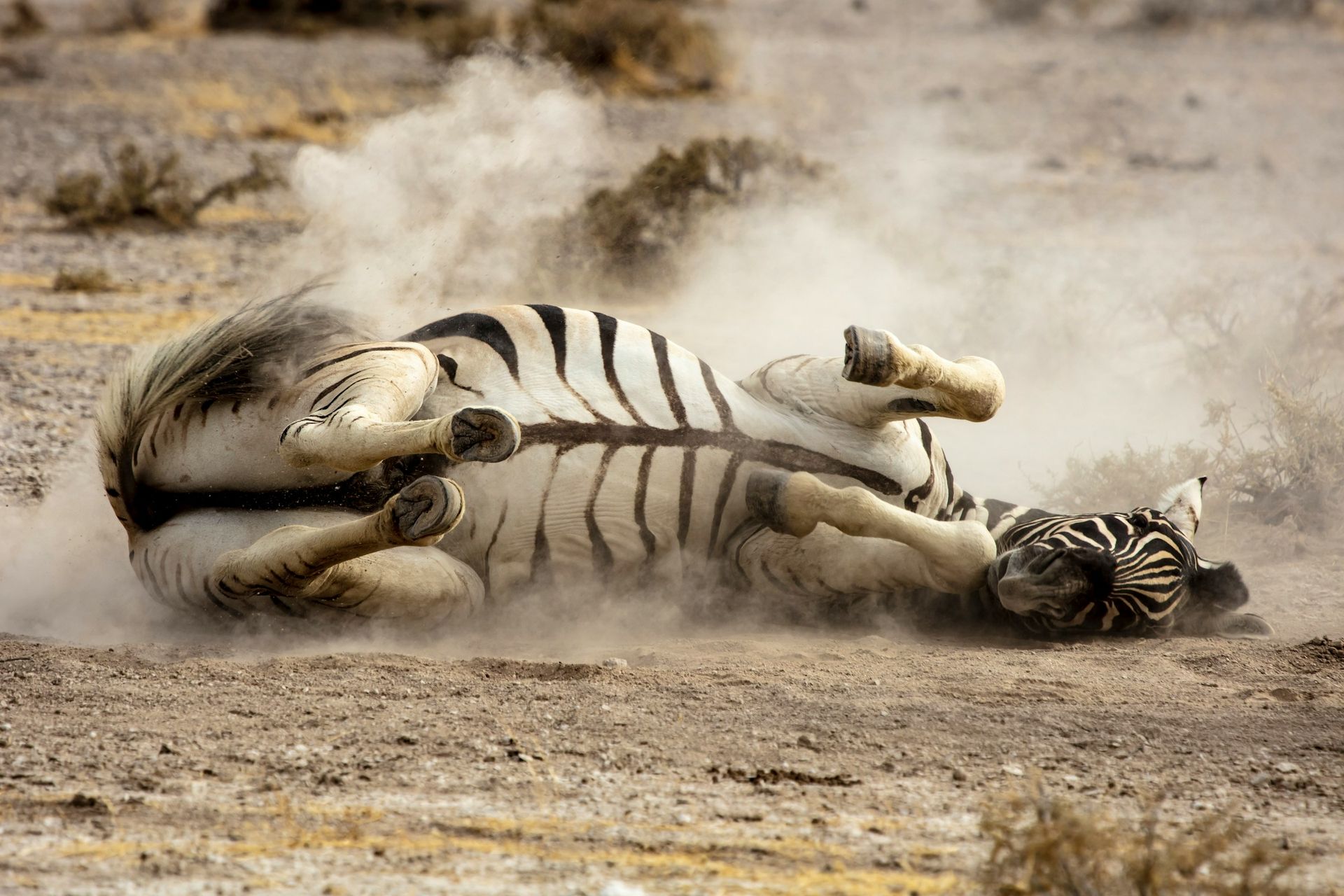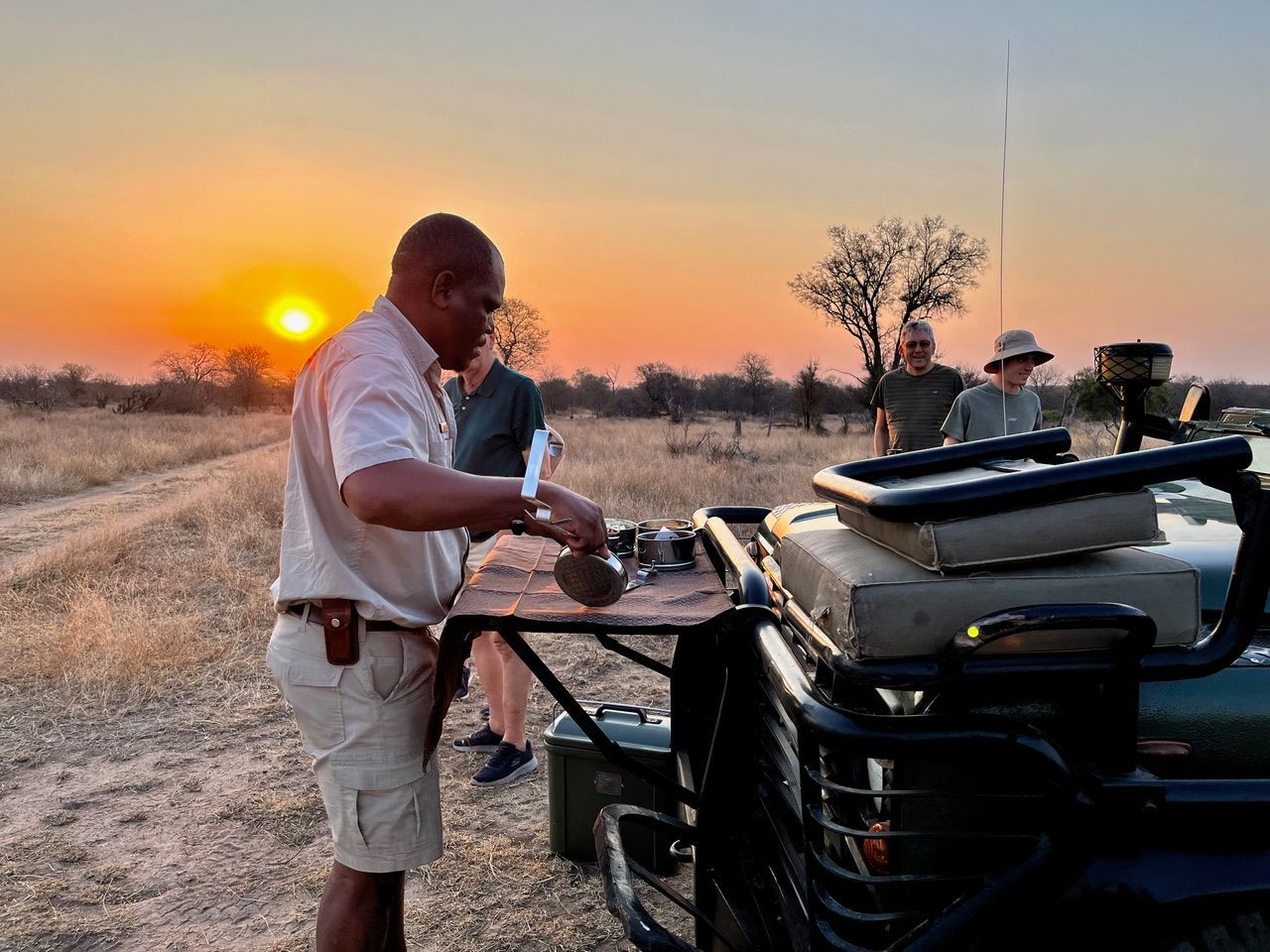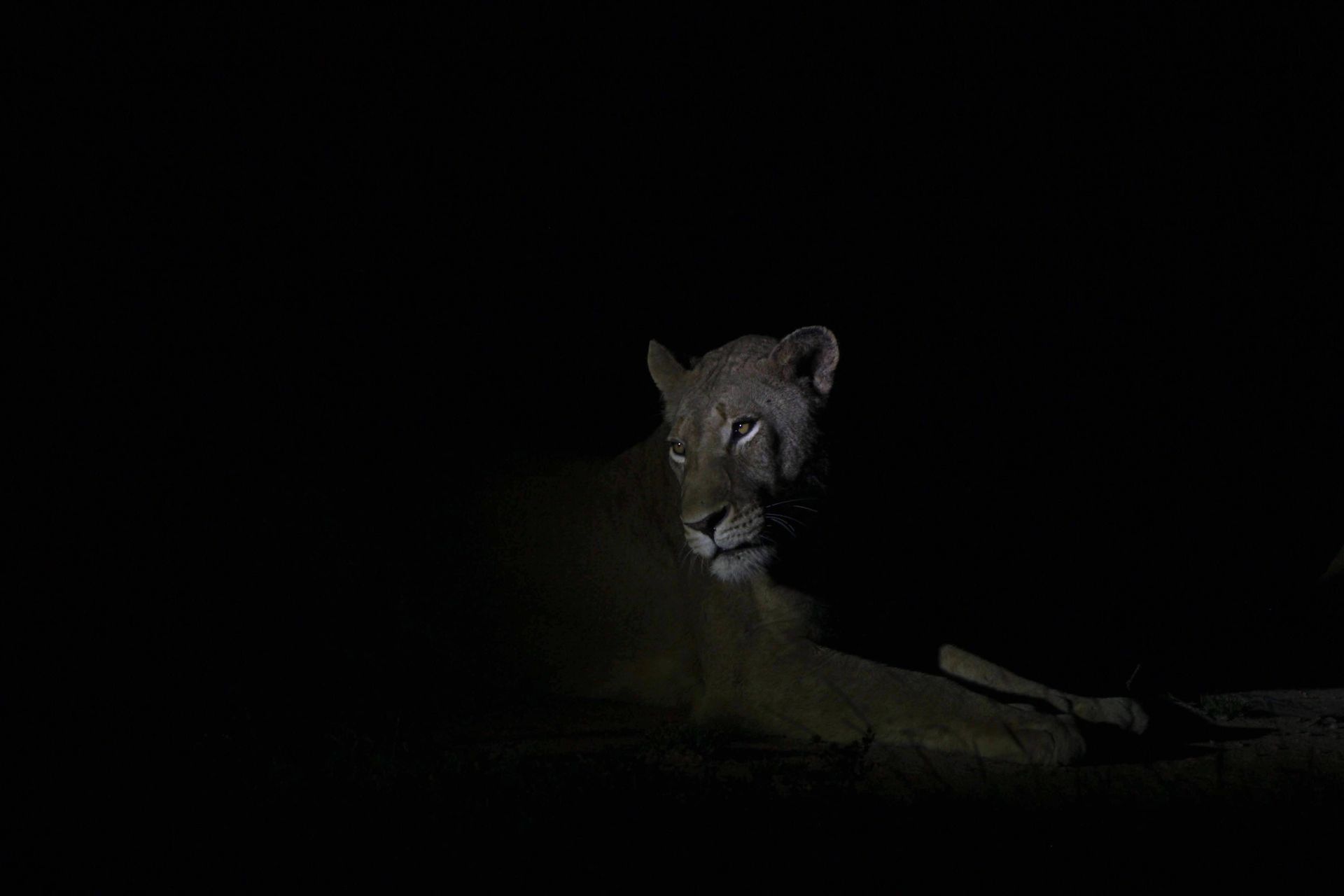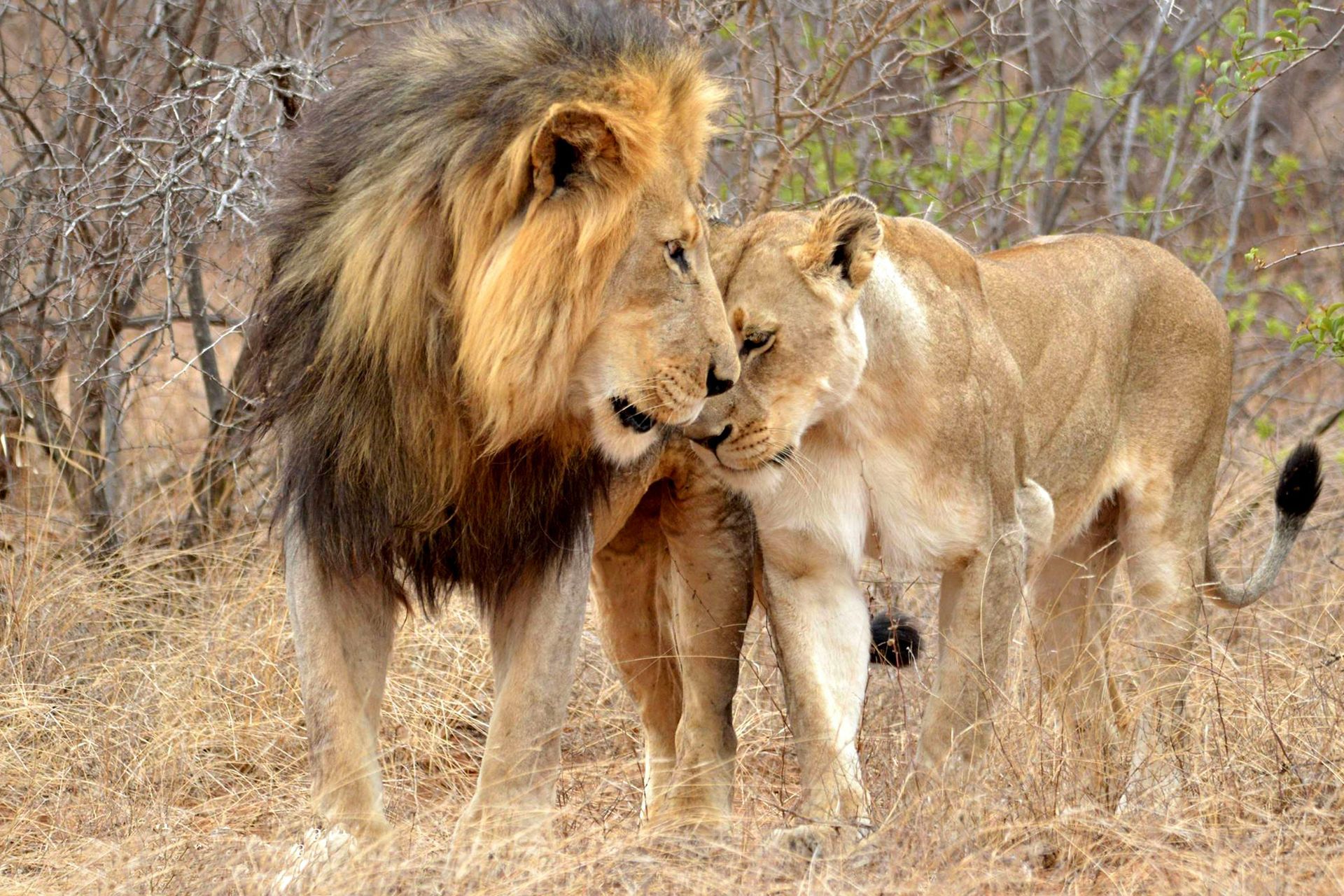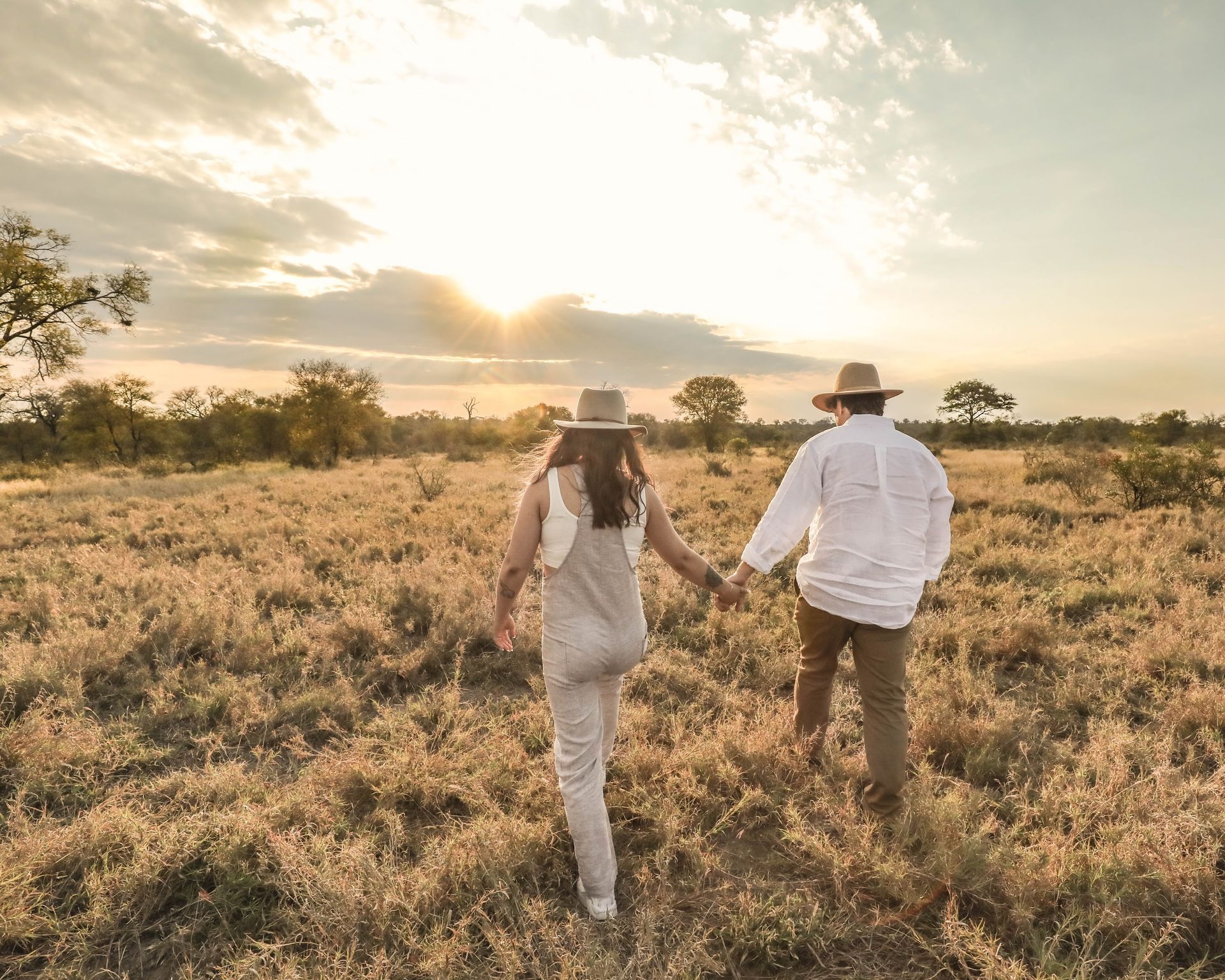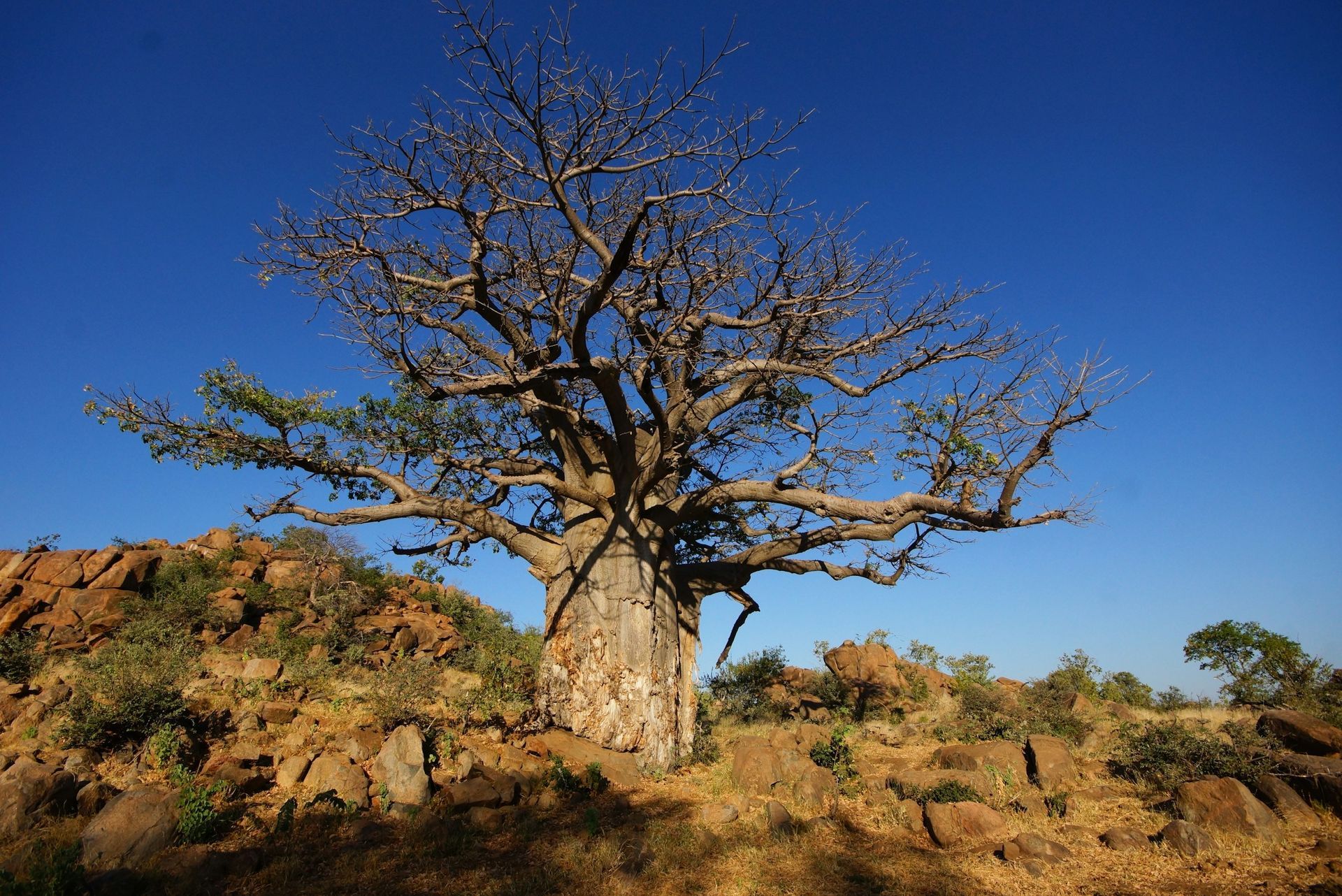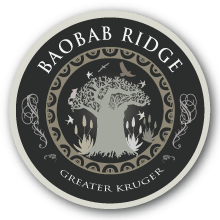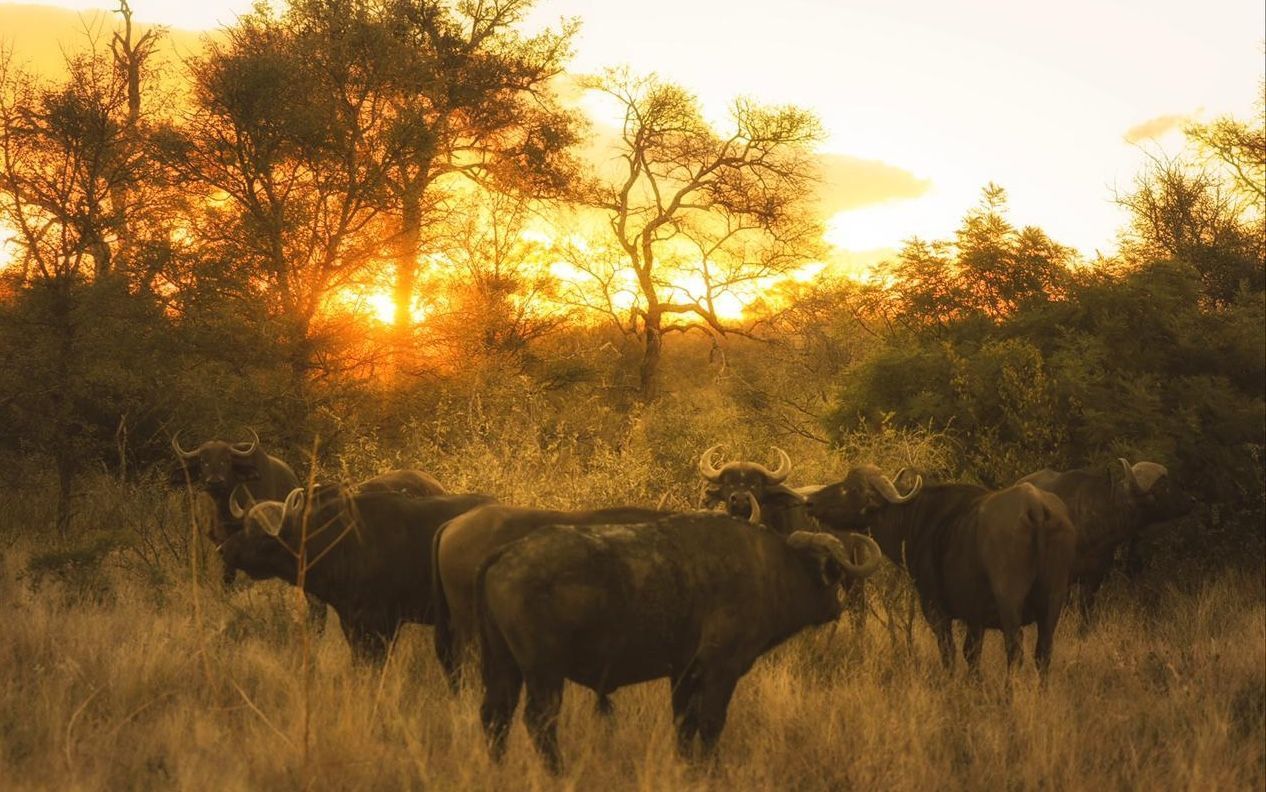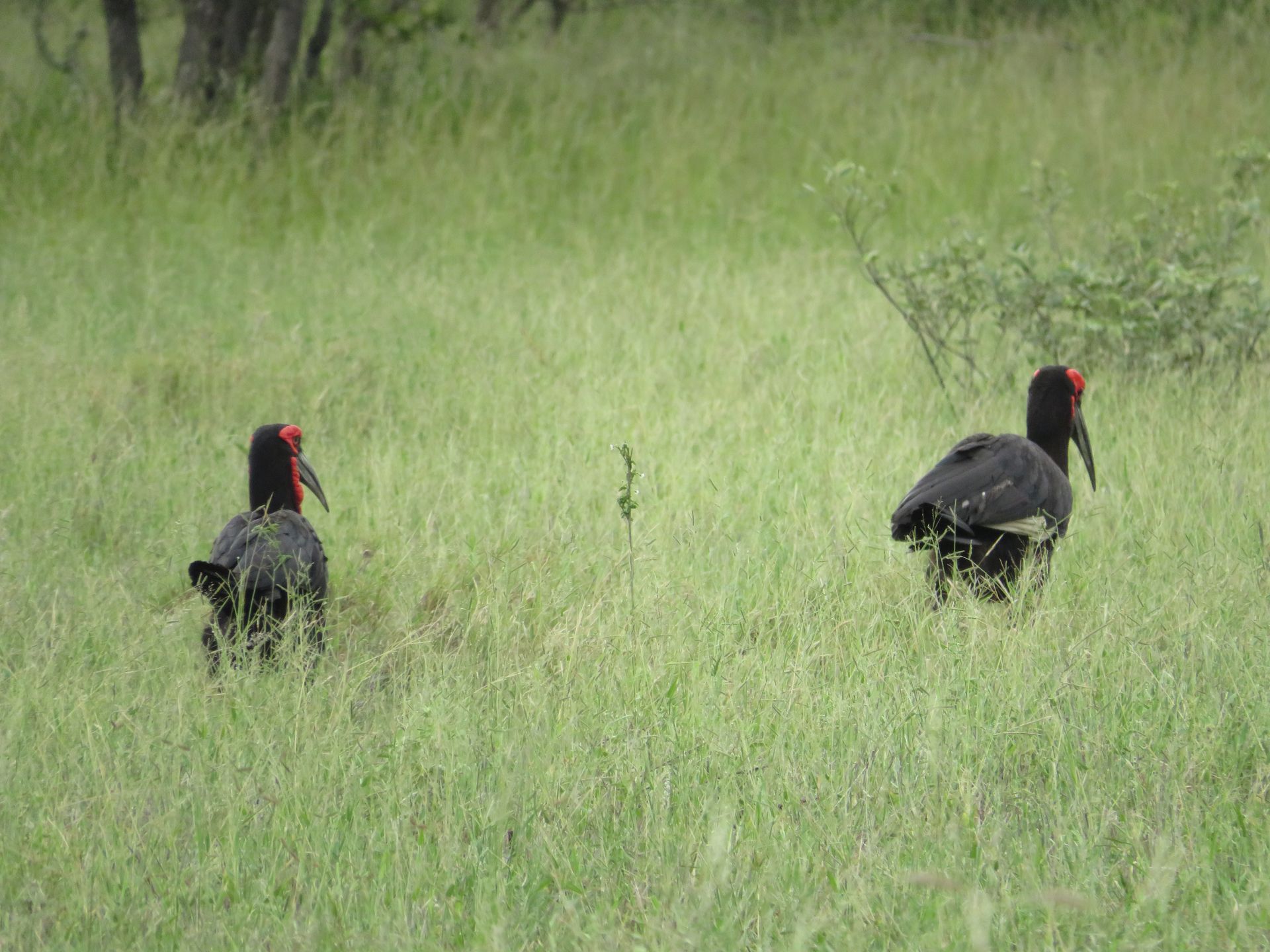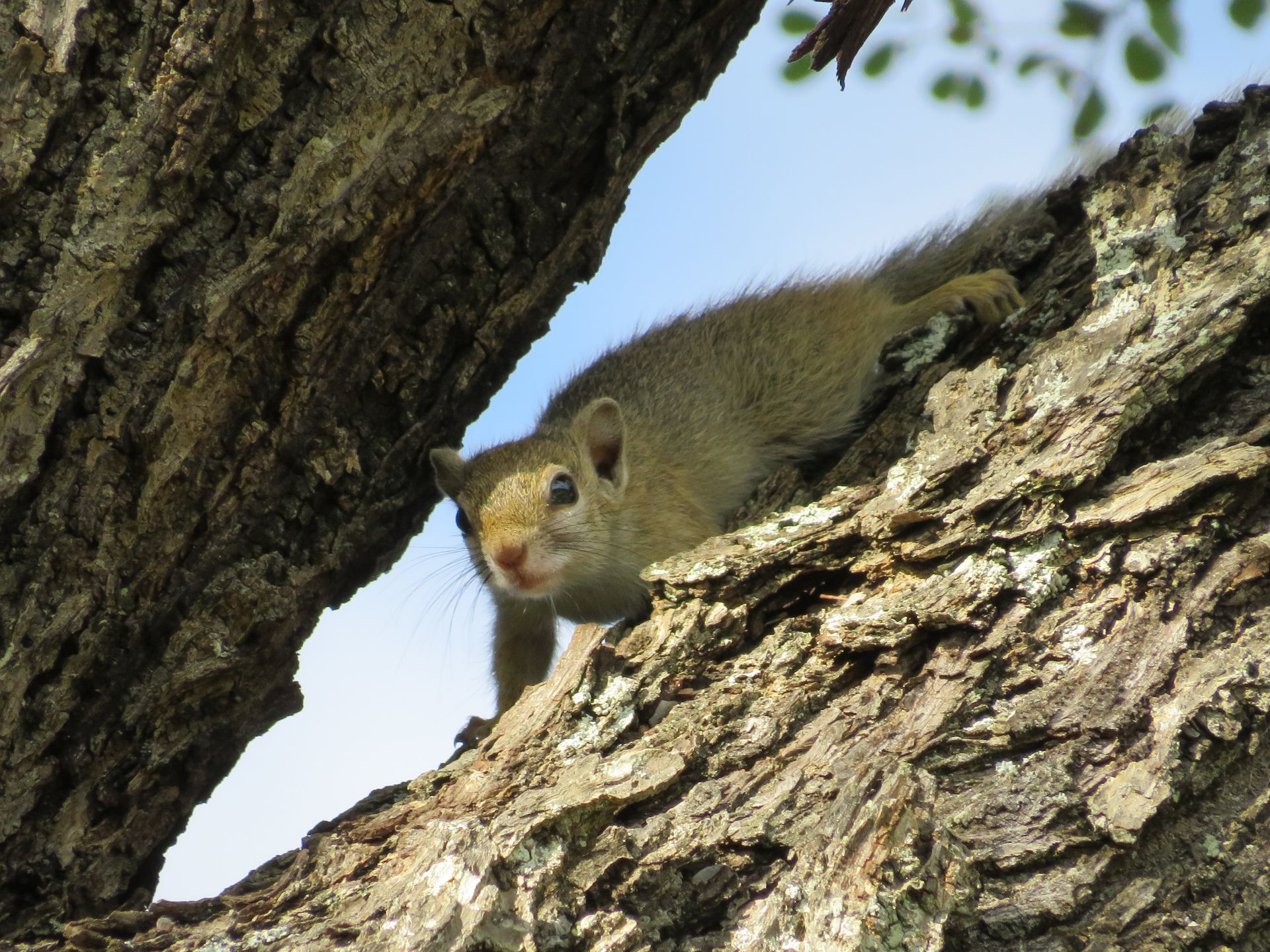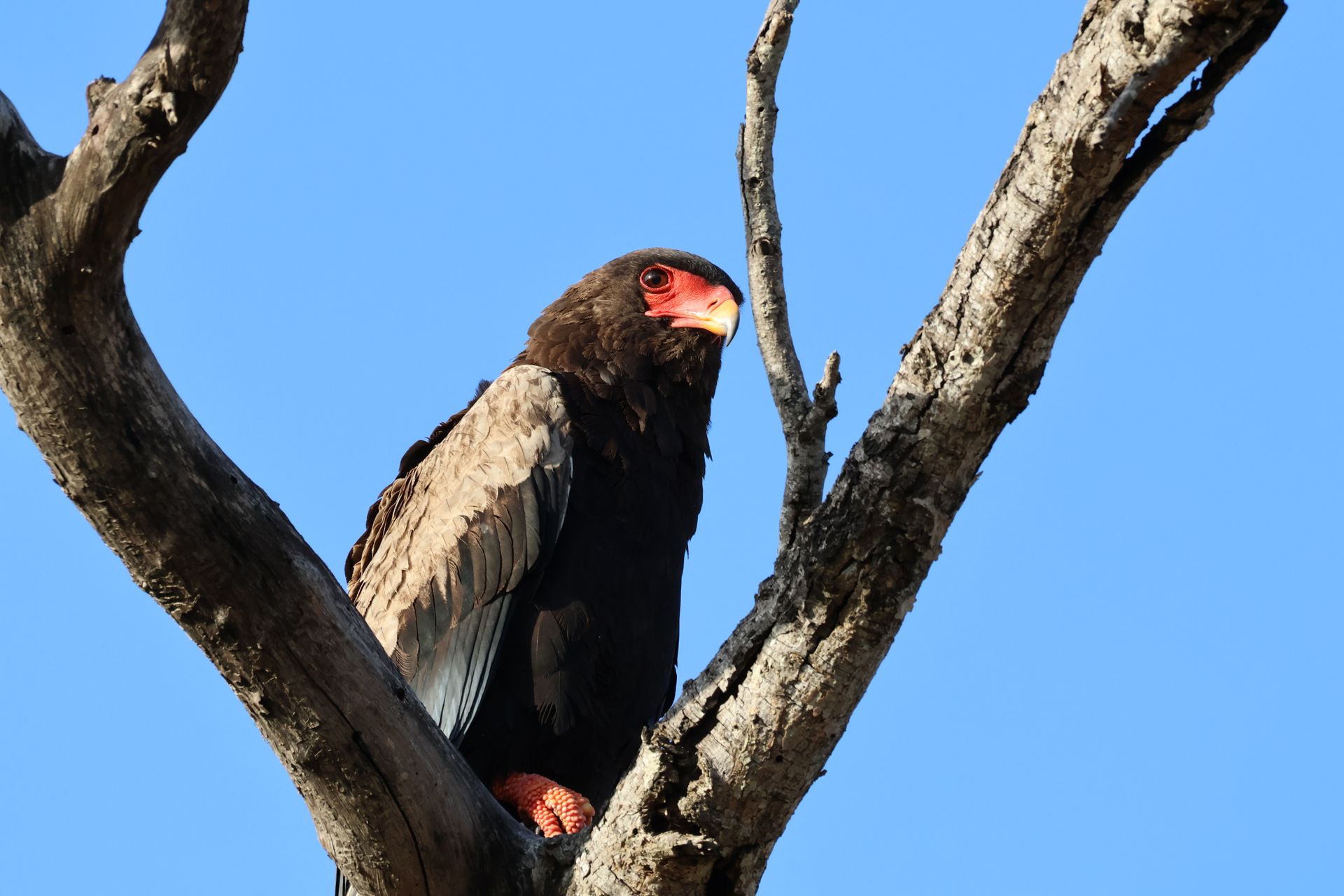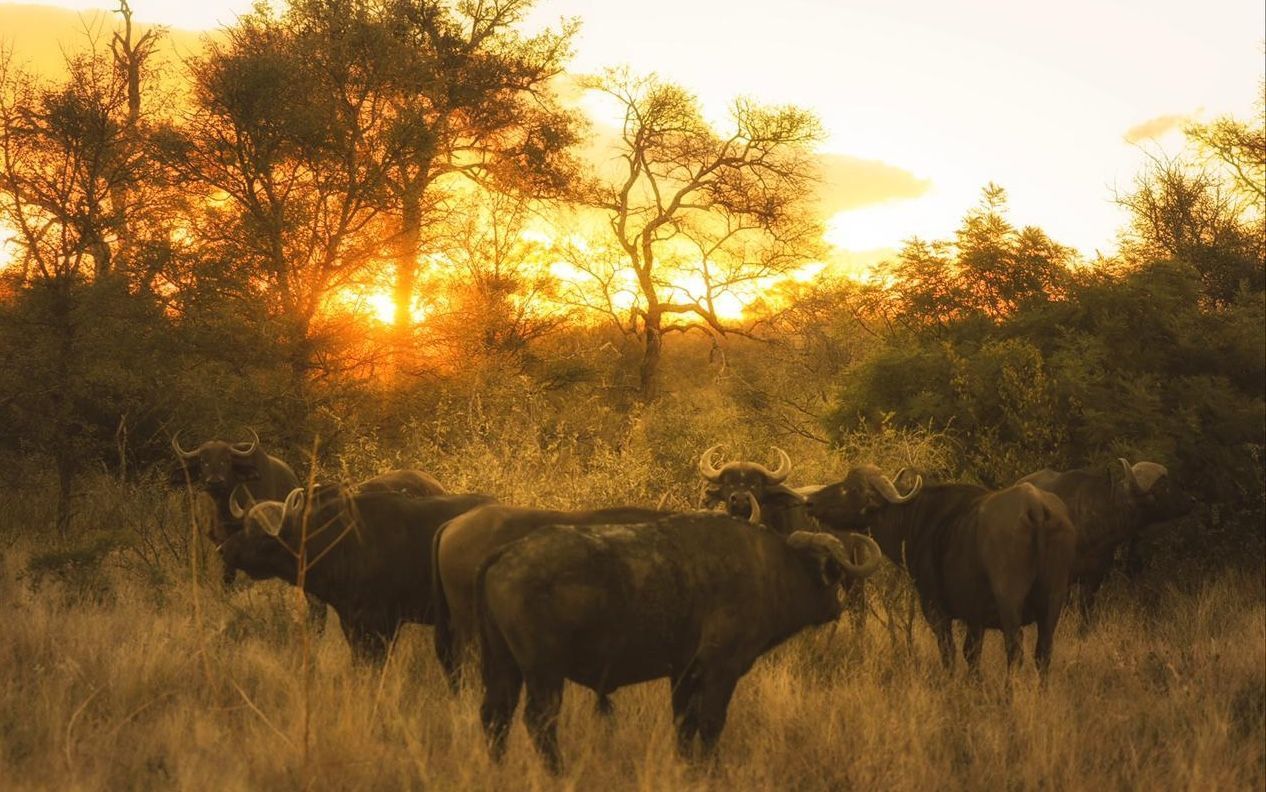The Klaserie wildlife calendar
What’s happening month by month at Baobab Ridge
The Klaserie Private Nature Reserve offers a dynamic environment, where wildlife rhythms change with each passing month. For visitors, understanding these seasonal shifts can elevate a safari experience, offering a deeper connection to the wildlife and landscape. From the lush green season to the golden hues of the dry months, every time of year presents unique opportunities for both observation and photography. Here’s what you can expect month by month...
January – A green explosion
The rains are well underway, and the Klaserie is at its lushest. Rolling green grasslands, thick bushveld and water pooling in seasonal pans create a visual feast. Young antelope are everywhere, and predators are never far behind. Afternoon thunderstorms often build in the distance, adding drama to the skyline. Migratory birds are in full swing – look out for European rollers, woodland kingfishers and cuckoos making the most of the insect-rich bounty.
February – The height of summer
With regular rain and warm temperatures, the landscape continues to thrive. Wildlife sightings may be slightly more challenging due to thick vegetation, but the rewards are rich – vibrant sunsets, colourful butterflies, and those magical quiet moments when the bush breathes after rain. Birding remains exceptional, and the lush backdrop is ideal for photography with a softer, green-toned palette.
March – Subtle shifts begin
The days are still warm, but the rains begin to slow. Grass remains long, but there’s a sense of quiet preparation as the bush readies itself for the dry months. Young animals born at the start of the season are growing stronger, and you’ll often see them play-fighting or practising their moves under watchful parental eyes. Predator activity remains high, with lions and leopards taking advantage of any lapse in vigilance.
April – A golden turn
April marks a noticeable change. The air becomes drier, the nights cooler, and the landscape begins to lose its emerald sheen. Trees start to thin, and the first hints of yellow creep into the grass. Elephants become more visible as they begin moving between dwindling water sources, and game viewing starts to improve as visibility increases. It's a calm, comfortable time to be on safari, with milder temperatures and golden afternoon light.
May – Autumn quiet
The bush is now firmly in transition. With almost no rain, waterholes begin to shrink, and animals slowly start concentrating around reliable sources. The scenery is striking – warm, soft colours dominate the landscape, and dust kicked up by passing herds adds atmosphere to late afternoon drives. Cool mornings hint at the winter to come, and predators begin to shift territories in response to changing prey patterns.
June – The bush lays bare
Winter arrives with crisp mornings and chilly evenings. The vegetation thins considerably, making this one of the best months for spotting elusive species like leopards, civets and genets. With less water available, the game becomes more predictable – often gathering at specific pans or rivers during the heat of the day. Lions are vocal at night, and their roars carry across the dry air. Safari blankets and steaming mugs of Amarula coffee become your early morning best friends.
July – Peak predator time
July is classic dry season safari – golden grass, clear skies, and wildlife clustered around water. This is the time for thrilling predator-prey dynamics, as herds of impala, zebra and buffalo become easy targets near waterholes. With Baobab Ridge’s excellent guiding team, you’ve got a front-row seat to the action. The cool temperatures also mean animals are active for longer into the day. It’s prime time for photographers and wildlife lovers alike – the drama of the bush is on full display.
August – Crisp, clear and electric
The coldest month in Klaserie, August is also one of the most rewarding. With little to no rain and minimal vegetation cover, visibility is exceptional. Elephant bulls move through in search of marula bark and pods, and bachelor herds of buffalo often kick up clouds of dust as they charge across dry riverbeds. Carnivores make the most of the lean times, and hyena clans are especially vocal. Morning game drives may start frosty but warm up quickly with the rising sun.
September – Spring whispers
By mid-September, there’s a change in the air. Temperatures start to climb, and the bush seems to hold its breath, waiting for the rains. Trees like knobthorns begin to flower, and the first migrants – such as the red-chested cuckoo – return, bringing their calls back to the reserve. Predator sightings remain excellent, but the energy is different now – it’s as if nature is on the cusp of something.
October – The build-up
October is hot, dry and full of tension. Dust hangs in the air, and game is heavily reliant on permanent water. Elephants are everywhere – splashing, digging, and creating mud wallows. The predators are relentless. You may witness lions hunting in the heat of the day or wild dogs moving quickly between thickets. Then suddenly, after weeks of waiting, a storm breaks and the earth drinks. The relief is palpable.
November – Life returns
With the first proper rains of the season, the bush responds instantly. Bright green shoots push up overnight, and animals rejoice. Impala lambs arrive in their hundreds – a feast for predators but a heart-melting sight for guests. Birds return in force, singing their arrival. Frogs call from puddles, dung beetles emerge in comical whirls, and the scent of wet earth fills the air. It’s a time of rejuvenation – loud, busy and beautiful.
December – Summer in full swing
The festive season brings full summer conditions. The bush is once again green and dense, alive with movement and colour. Birds are nesting, reptiles are active, and insect life flourishes. Afternoon storms are frequent, often accompanied by dramatic skies and lightning. Game drives become an adventure through this lush, buzzing world – expect the unexpected, from lions snoozing in wildflowers to elephants enjoying a muddy wallow.
A year in the wild
No matter the month, the Klaserie offers something unforgettable. From the dramatic theatre of predator and prey in the dry months to the riotous rebirth of the green season, the wilderness never stops moving. Baobab Ridge gives you a front-row seat to it all – a year-round safari experience that evolves with the seasons, just as nature intended.
